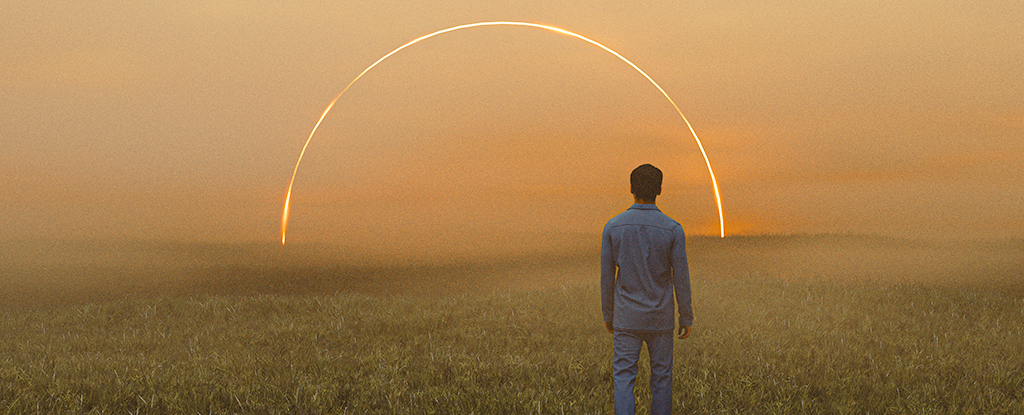Theoretical physicists have a lot in common with lawyers. Both spend a lot of time looking for loopholes and inconsistencies in the rules that could somehow be exploited.
Valeri P. Frolov and Andrei Zelnikov of the University of Alberta in Canada and Pavel Krtouš of Charles University in Prague probably couldn’t get you out of a traffic fine, but they may have spotted enough wiggle room in the laws of physics to send you Back off in time to make sure you didn’t speed through the school zone in the first place.
Shortcuts through space-time Known wormholes are not recognized features of the cosmos. But for nearly a century scientists have wondered if the warp and weft dictated by relativity dictate pathways for quantum waves — or even entire particles — to break free of their locality.
At its most fantastic, such reconfigurations in the fabric of the universe would allow human-sized crowds to traverse light-years to traverse galaxies in a heartbeat, or perhaps move through time as fast as you could move through their kitchen.
At the very least, exercises examining the more exotic side of spacetime behavior could guide speculation mysterious meeting place of quantum physics and the general theory of relativity.
wormholes are actually little more than forms. In everyday life we are used to dealing with one-dimensional lines, two-dimensional drawings and three-dimensional objects. Some we can intuitively fold, shape and poke holes in.
Physics allows us to explore these changes in situations that we cannot explore intuitively. At the smallest levelQuantum effects give some latitude to distance and time.
On much larger scales, spacetime can shrink and expand relative to gravity in ways that are unfathomable without a whole set of equations to guide you. For example, Pack enough bulk in one place (conveniently ignoring any charge it may have or if it spins) spacetime will bend in a way that gives it two faces. What connects them? A wormhole, of course.
Matter would not be able to move through this mathematical structure, although some suspicious objects on either side, which happen to be entangled, would remain connected.
Over the decades there has been a search for possible and purely theoretical scenarios that could do this allow quantum effectsand even whole particlesto travel unscathed through exotic forms of space-time.
Frolov, Krtouš and Zelnikov’s time-jump proposal involves what is known as a ringworm hole. first described in 2016 by theoretical physicist Gary Gibbons from the University of Cambridge and physicist Mikhail Volkov from the University of Tours.
Distinct from the spherical distortions of space-time to which we might attribute them black holesThe ringworm hole proposed by Gibbons and Volkov connects parts of the universe (or different universes) that we call flat.
Taking into account the interactions of electric and magnetic fields, called duality rotations, and applying a few selected transformations, toroidal masses could create some interesting distortions in otherwise flat spacetime.
And voila! A hole in the universe that connects you to… well, somewhere not nearby.
Frolov, Krtouš and Zelnikov took this hole and ran it through different scenarios. What effect could another, non-moving mass have on the ring? And what if the entry ring and the exit ring are in the same universe?
Among the solutions they discovered were what are known as a closed time curve. As it sounds, it describes an object or ray of light moving along a line and returning to exactly the same point as before. Not only in space, but also in time.
Before you pack your things for a paradoxical round trip to the future and back, many obstacles could easily prevent such a loop. The late physicist Stephen Hawking thought so.
But who knows? With the right kind of cosmic advocate, perhaps with a little help from a giant pair of rings, we can appeal our judgment of a one-sided journey into the future.
This research is available at Preprint server arXiv and was accepted for publication Physical Examination D.





